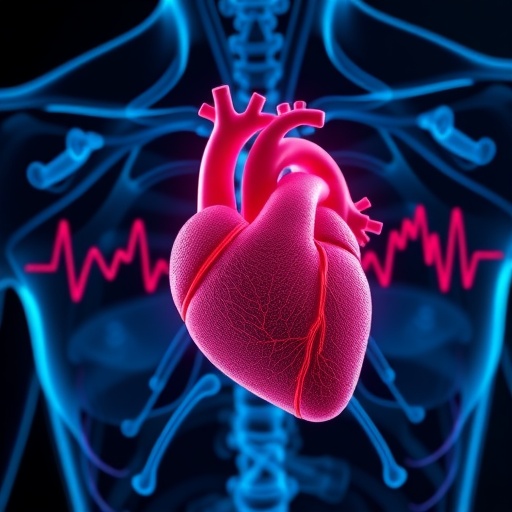Over the past several decades thousands of new chemicals have been approved for commerce, even as evidence of their ability to cause serious harm has emerged. A new collection "Challenges in Environmental Health: Closing the Gap between Evidence and Regulations" publishing 18-21 December in the open access journal PLOS Biology examines the divide between evidence and policy.
The Collection was overseen by Linda Birnbaum, director of the U.S. National Institute of Environmental Health Sciences, and Liza Gross, PLOS Biology senior editor. There are now over 85,000 chemicals approved for use in commerce, yet U.S. policy has not accounted for evidence that chemicals in widespread use can cause cancer and other chronic diseases, damage reproductive systems, and harm developing brains at low levels of exposure once believed to be harmless.
The collection reviews the evidence on a subset of chemicals in widespread use and reveals barriers to developing health-protective policies both when the scientific evidence of harm is clear and when it is uncertain. Authors explore the technical challenges involved in determining how the hundreds of chemicals we carry in our bodies affect our health. These challenges include ascertaining exposures and impacts of short-lived compounds; identifying chemicals that pose unique risks to the developing fetus; and assessing the risk of chemicals that cause proportionately more harm at the lowest levels of exposure, in violation of longstanding toxicology principles. Authors also suggest ways to work toward more effective health-protective policy.
As the contributors to this special collection make clear, gaps in existing U.S. environmental health regulations place the most vulnerable populations, including children, at risk. More research is needed to better understand the risks posed by these chemicals, identify susceptible groups, and develop safe alternatives. But as the contributors also make clear, closing the gap between evidence and policy will require that engaged citizens — both scientists and non-scientists — work to ensure that our government officials pass health-protective policies based on the best available scientific evidence.
###
Articles in the Collection:
18th December
Regulating Toxic Chemicals for Public and Environmental Health ((Editorial) Gross, Birnbaum): https://doi.org/10.1371/journal.pbio.2004814
The unsteady state and inertia of chemical regulation under the U.S. Toxic Substances Control Act (Krimsky): https://doi.org/10.1371/journal.pbio.2002404
19th December
Low-Level Toxicity of Chemicals: No Acceptable Levels? (Lanphear): https://doi.org/10.1371/journal.pbio.2003066
Challenges to Studying the Health Effects of Early Life Environmental Chemical Exposures and Children's Health (Braun and Gray): https://doi.org/10.1371/journal.pbio.2002800
20th December
Key scientific issues in developing drinking water guidelines for perfluoroalkyl acids – contaminants of emerging concern (Post, Gleason, and Cooper): https://doi.org/10.1371/journal.pbio.2002855
We are what we eat: Regulatory gaps in the United States that put our health at risk (Maffini, Neltner, and Vogel): https://doi.org/10.1371/journal.pbio.2003578
21st December
When Enough Data Are Not Enough to Enact Policy: the Failure to Ban Chlorpyrifos (Trasande): https://doi.org/10.1371/journal.pbio.2003671
Will buffer zones around schools in agricultural areas be adequate to protect children from the potential adverse effects of pesticide exposure? (Gunier, Bradman, Harley, and Eskenazi): https://doi.org/10.1371/journal.pbio.2004741
In your coverage please use this URL to provide access to the collection's freely available Editorial article in PLOS Biology: https://doi.org/10.1371/journal.pbio.2004814
Citation: Gross L, Birnbaum LS (2017) Regulating toxic chemicals for public and environmental health. PLoS Biol 15(12): e2004814. https://doi.org/10.1371/journal.pbio.2004814
Funding: The authors received no specific funding for this article.
Competing Interests: I have read the journal's policy and the authors of this manuscript have the following competing interests. Liza Gross is a current paid employee at the Public Library of Science.
Media Contact
Linda S. Birnbaum
[email protected]
http://dx.doi.org/10.1371/journal.pbio.2004814




